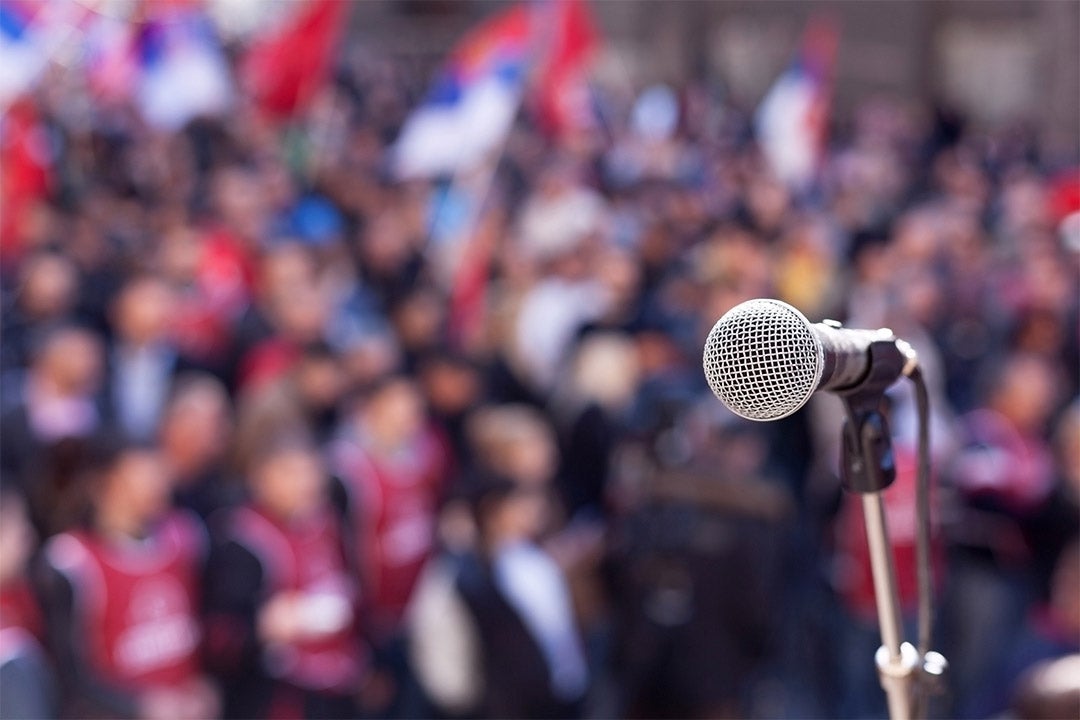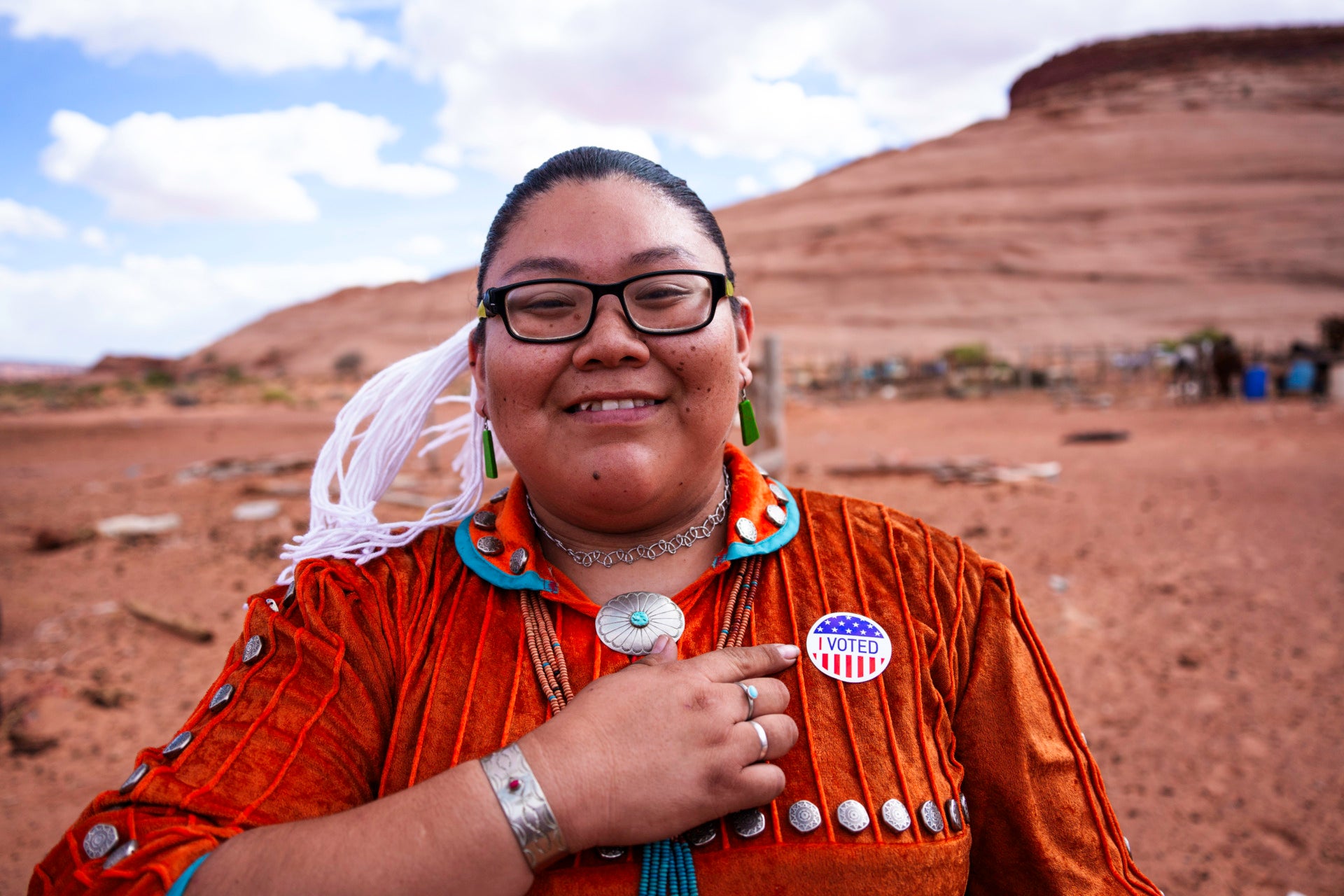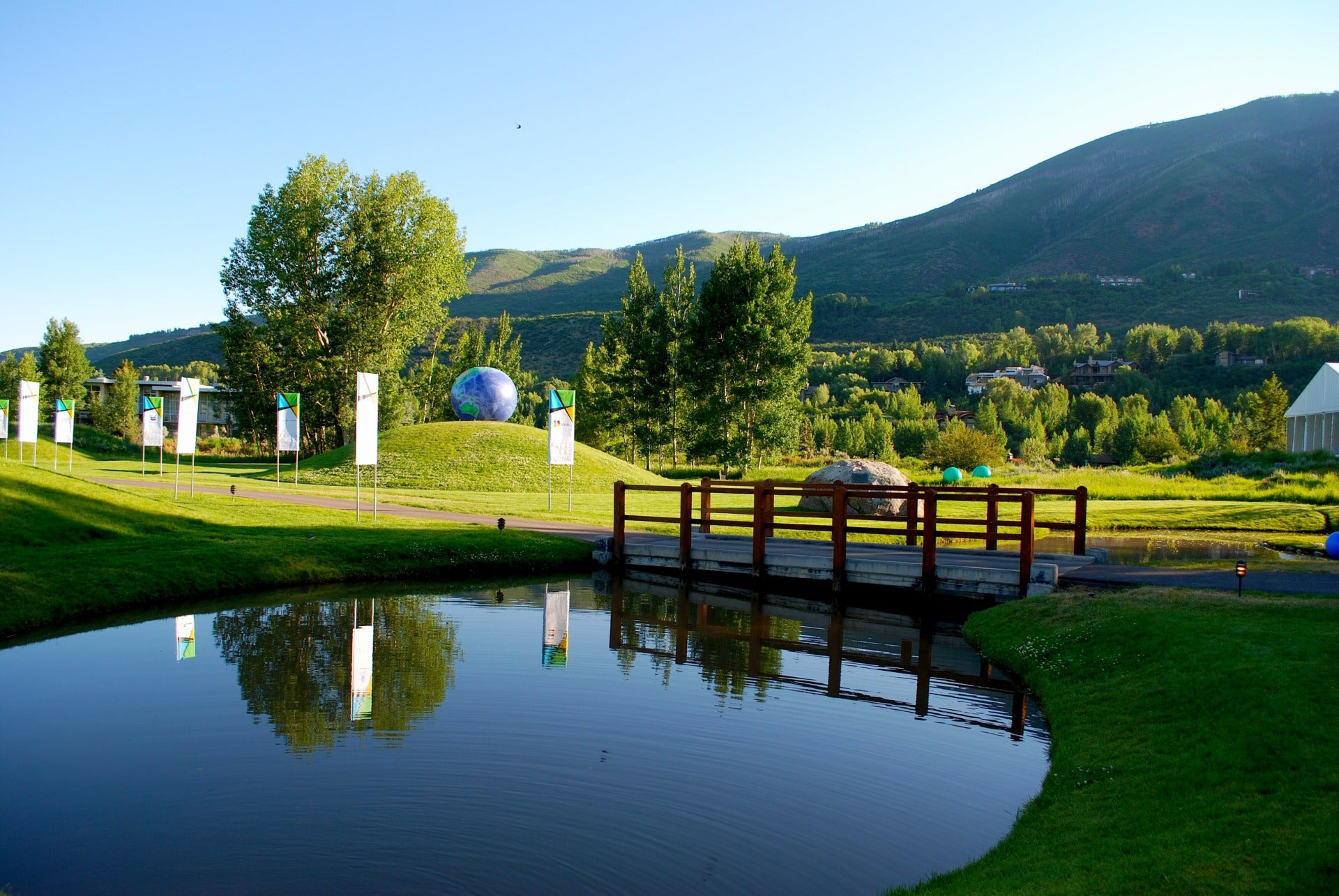Crystal Campos is a 12th-grade student at John Hancock College Preparatory located in the Garfield Ridge neighborhood of Chicago.
As a young person, there comes a time when you not only understand why voting is important, but you realize how badly you want to vote. My classmates and I were taught about the ballot, which is used to cast a vote, the Electoral College, and voter turnout. These are vital to understanding how to vote and the value behind voting. Learning about these things only heightened my desire to vote.
I studied the historical context of the right to vote and why voting was sacred in school. In my neighborhood, adults would discuss the reasons they couldn’t vote—challenges with the ID requirement, the distance to polling places, or the fact that they were undocumented. These are a form of suppression since people of color are significantly more likely to not be able to meet the requirements. The concept of voting was something I understood and respected growing up, but it wasn’t until I started hearing these conversations—debates between my peers or chatter from teachers– that I realized the right to vote, despite being years away, held so much power over my community.
My desire to vote developed in eighth grade after the 2016 presidential elections. In real time, I watched the popular vote won by one candidate, but the presidency won by the other. It was devastating to learn that I had been oblivious to this critical part of the voting process. It made me feel excluded from participating in conversations about voting. I expanded my understanding of the Electoral College, which is the process to elect the president and vice president. The number of electors a state receives is equal to that state’s number of U.S. senators and representatives. Those electors then gather to cast the state’s votes in the Electoral College, which they then vote for the candidate who won in their state during a presidential election. Fortunately, folks were willing to have educational conversations with me, so I could understand the history of the Electoral College, how many votes each state has, and the weight of it all. Even when there was a gap in my knowledge, I was certain of one thing about voting: it had a great deal of power over my day-to-day life for a span of four years.
To be knowledgeable about and understand voting—the act, the process, the requirements—is beyond civic engagement, it’s an act of people power. Though logistics aren’t always heavily emphasized in conversations around voting, those details may be what folks need most so they aren’t deterred from voting. For example, knowing what ward you’re located in, which is the geographical area that an elected official serves, is important to know because it determines where your polling stations are, and geographically, this can help you understand your community’s voter turnout.
This year especially, understanding procedures such as how to vote by mail, is to be an informed voter and have your vote count. Being knowledgeable about what you should take to vote in-person to your polling station is crucial. And just as important is knowing your polling place locations to vote in person. Fortunately, finding your ward/district and where your polling stations are located is easily accessible online.
There is immense benefit in developing shared knowledge about this in communities. Historically speaking, Black, Indigenous, and other communities of color have lower voter turnouts. Voter turnout data for the 2018 Midterm Elections, elections for members of Congress held between presidential elections, is accessible in a form of maps broken up by wards. Looking at Chicago’s voter turnout patterns for that year, it is apparent neighborhoods located on the south and west sides, which are predominantly BIPOC, have the lowest voter turnout rates in Chicago. This can lead to underrepresentation in communities that need it the most. With more representation, changes would follow. If everyone understood not only how to vote but how to educate others as well, politics in the US would completely change.
To vote is not just fulfilling your civic duty, but to vote for those who can’t but want nothing more than to be engaged on such a level. Sometimes it’s hard to be excited about voting, but as someone who can’t vote, and someone with friends and family who can’t vote, I wish more people understand how critical voting truly is. Voting affects so many bureaucratic systems that shape our everyday lives: taxes, Senate appointees, and much more. Not voting can be consequential beyond the surface level, for those who are elected can create a domino effect of change.
I hope you walk away wanting to vote in the 2020 Elections. And not just the presidential elections, but future midterm elections and those that fall in between. The power of voting can be used in multiple elections, not just one. While the time to register to vote by mail in Chicago has passed, you are still able to register to vote in person on November 3rd (if you plan to vote in person). If you don’t find yourself excited to vote, at least find the will to do so—if not for your own sake then for those of us who can’t.


